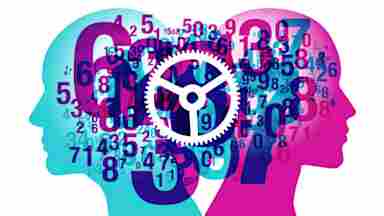Take a scientific approach to leadership development. Our brains are adaptable and trainable, driven by how we engage every day. In the same way that we can improve our bodies through physical fitness, we can increase our focus, creativity and mental efficiency with targeted strategies and healthy brain habits.





